Examining zirconia milled prostheses

The benefits of full-arch implant restoration over traditional dentures are well-documented, but not every prosthetic installation is created equally.
One option is milling the prosthesis from 100% monolithic zirconia instead of hybrid dentures built on a titanium framework.
A more durable prosthesis
Screw supported titanium dentures have provided excellent stability and functionality for years. Acrylic veneers, however, are prone to chipping, cracking and staining.
In comparison, zirconia has shown unrivaled strength under the pressures of functional force; particularly now that it is possible to mill from a monolithic block, eliminating the need for layered porcelain.
Advancements in machining
Traditionally, zirconia-based restorations required a glassy porcelain veneer on the framework to generate a more natural appearance. The introduction of more advanced CAD/CAM technology has allowed for non-veneered restorations to be milled from monolithic blocks of more translucent and less opaque zirconia.
Improved fracture rate
A 5-year data analysis of nearly 40,000 monolithic zirconia restorations found that the combined fracture rate for both anterior and posterior prosthesis was just 1.09%, with posterior restorations performing better than anterior placements.
Transformational toughening
Zirconia is an attractive material due a mechanical property known as transformational toughening. Compared to other dental ceramics, zirconia ranks the highest in the ratio of stress to strain. Transformational toughening leads to exceptional dimensional stability and high mechanical strength.
Compatibility with tapered implants
Zirconia milled prostheses work well with implants designed to taper. The benefit of tapered implants is greater flexibility in implant placement when a patient suffers from low bone density.
Tapered implants can offer the added benefit of deep, prominent threads. Prominent threads allow for greater control at initial installation to adjust to the ideal distance from the facial plate, leading to maximized primary stability.
Titanium is hardly obsolete, but you may want to familiarize yourself with monolithic zirconia. There is great potential for a variety of patient scenarios.






